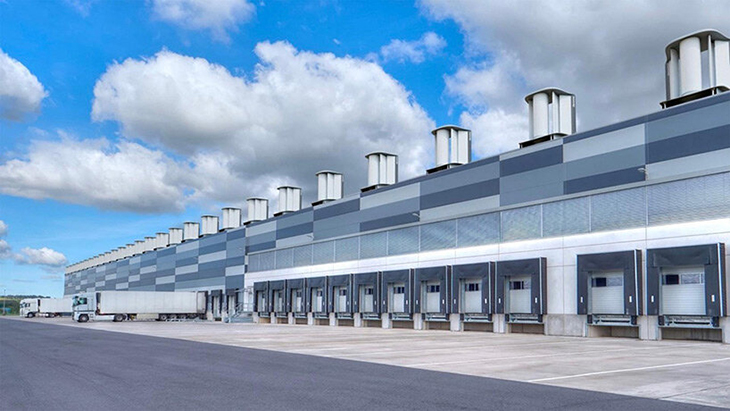
These days, it’s all about harnessing the power of nature to provide electricity. The most commonly used type of power is solar. However, there are also other sources that can be just as efficient, and when combined with other types, these can power commercial spaces and still go green.
Companies are trying to outdo each other by designing power supplies that are efficient and safe. If these grow in popularity, the world may someday be completely independent and no longer need fuel to power homes and establishments.
Your traditional wind turbine is huge. Many out in the market now are roughly as tall as the Statue of Liberty. And because these use wind for power, the blades they come with stretch wide, oftentimes wider than a football field. There are also those that are bigger. An example would be the offshore turbine used by Siemens. This comes with a 774-foot-wide rotor.
However, a company has made changes with their design and gone better. Theirs is a 10-by-10 foot turbine, which is relatively tiny compared to what their used to. The best part is that these don’t have built-in moving blades. From afar, you wouldn’t think that this innovation uses wind energy. What they have is a small bladeless box that that has the ability to provide more power than 15 solar panels.
The said turbines are designed for small-scale, commercial use. These are quiet and because there are no blades, birds are completely safe to fly as close to them as possible. The turbines sit on the edge of roofs and will work especially well when combined with solar panels. If you want the building to be completely self-sufficient, then you can also have batteries installed in order to store the energy.
Right now, there is a competition for the best type of innovation in renewable energy. Companies are trying to speed up their work and research in order to provide the world with what it most needs. While solar energy does have its perks, wind power, on the other hand, is often times ridden criticism. That’s because the unorthodox ones often are a danger to the wildlife. Plus, these usually require a lot of maintenance from the user’s end.
However, this Aeromine is a boxy turbine that can generate energy in 50 percent greater amounts then a solar panel. When the wind is right and the weather is in perfect condition, this can give off 16 times more power.
Aeromine’s patented aerodynamic design can capture and amplify the airflow within a building using wind speeds as low as 5 m.p.h.. This works very much like the airfoils on a race car. And unlike the turbines that need the rotating rotor blades and many moving parts, these don’t come with maintenance issues. Aeromine is motionless and hardy, and this solution can generate more energy without the use of too much space.
More importantly, It won’t pose problems because when the wind strikes a flat building wall , it then accelerates and rushes up and over it. The turbines can capture the gusts via a small opening before it channels the force and bring it to an internal propeller found at the bottom of the unit.
“I like to think of this as kind of disruptive and complimentary to the solar business,” said Aeromine cofounder and CEO David Asarnow told Fast Company. “Our production can be stronger. At the same time, when you pair the two, you really have a path for on-site energy independence.”
“The building amplifies the wind speed,” Asarnow shared. The wind that comes is brought in between two airfoils, which has been designed to be in the shape of airplane wings. “As the wind hits those airfoils, it creates a negative pressure that sucks the wind that’s hitting the building through an internal propeller on the bottom of the unit, which creates the energy production which connects directly to the building,” he added.
Asarnow also said that 20 or 40 that may be installed in walls of a building will have more space on the roof free for solar panels if the owner decides to also use these.
Aeromine is thinking about selling their creation to warehouses and other large flat-roofed commercial buildings. This is where their turbines will work best, and in the pilot study that they recently did, one of the units is being tested on the roof of a BASF factory that’s near Detroit.
What are your thoughts? Please comment below and share this news!
True Activist / Report a typo


